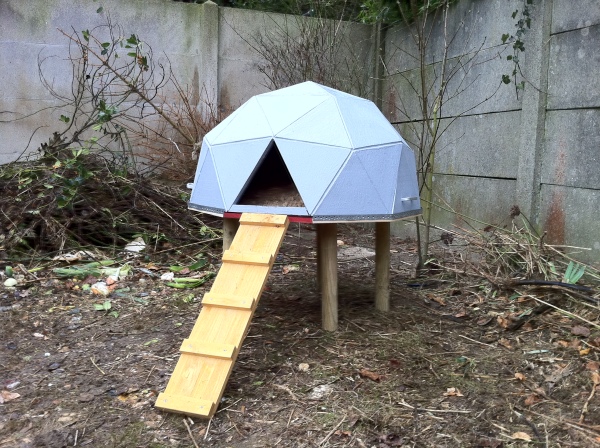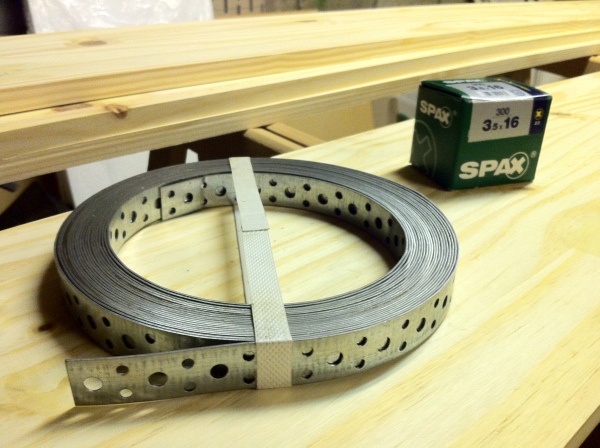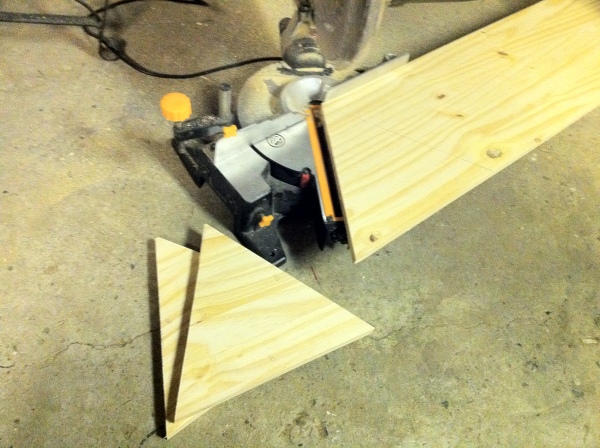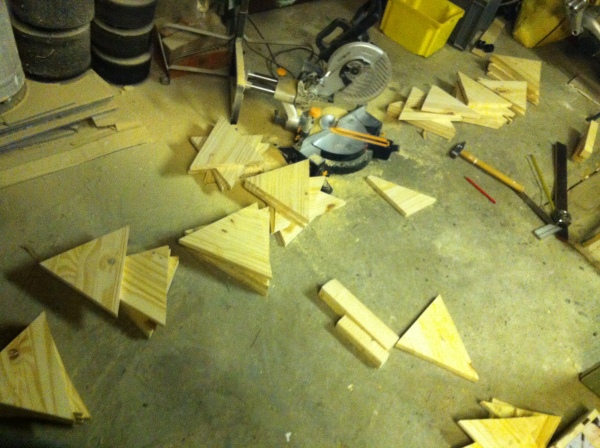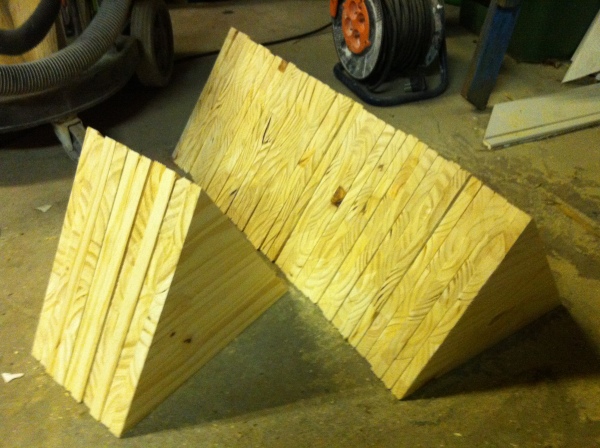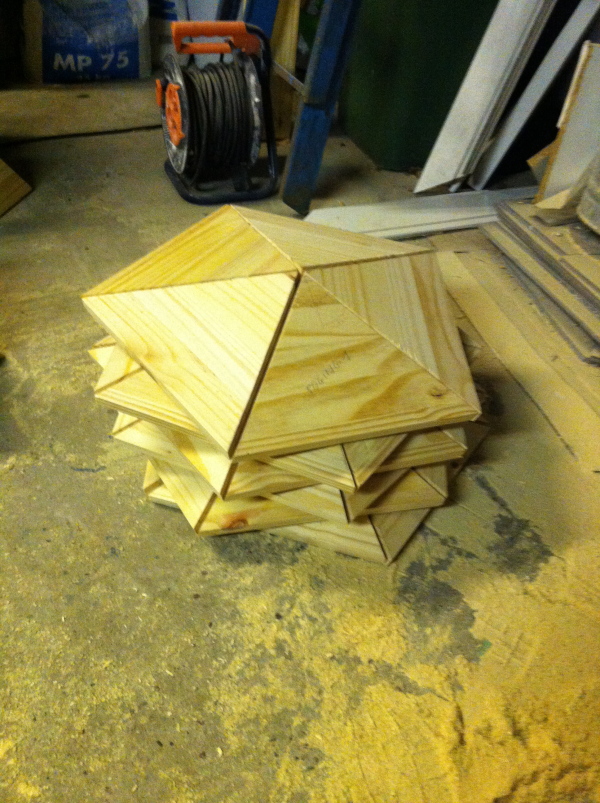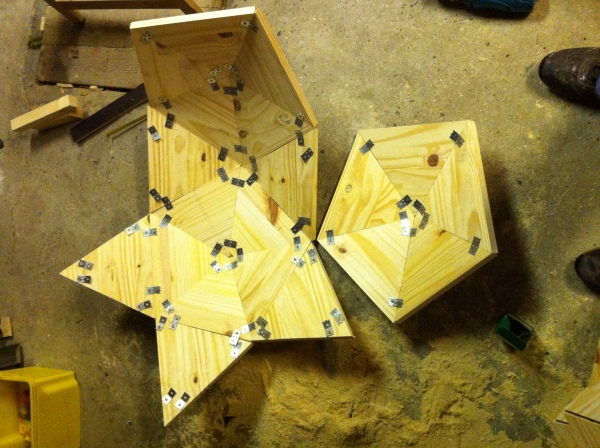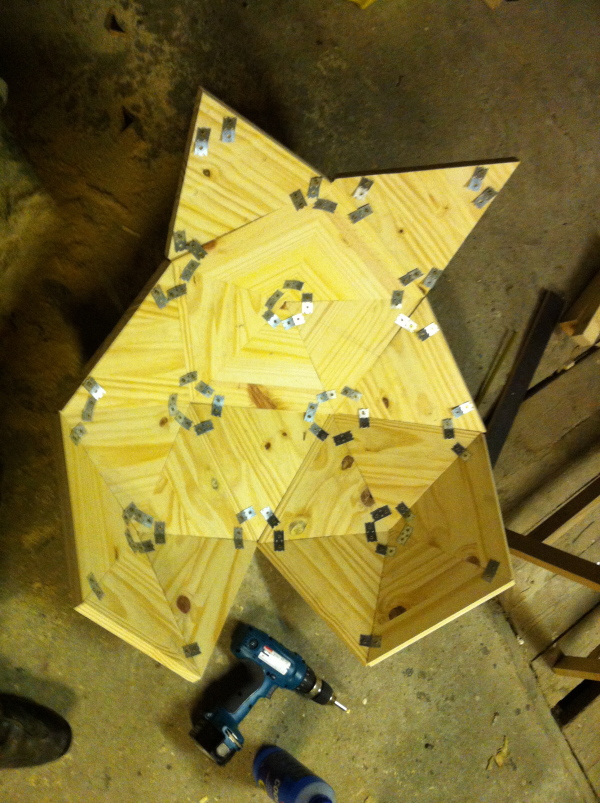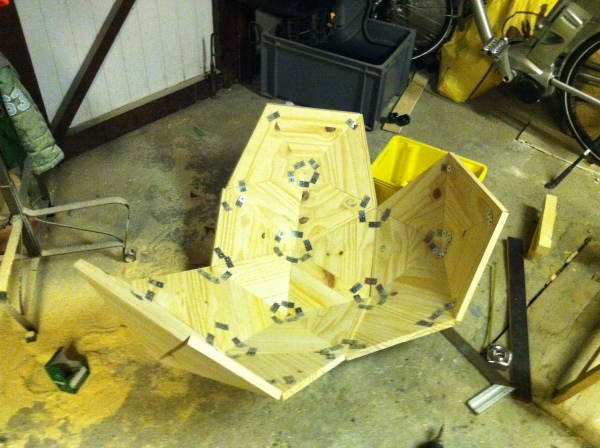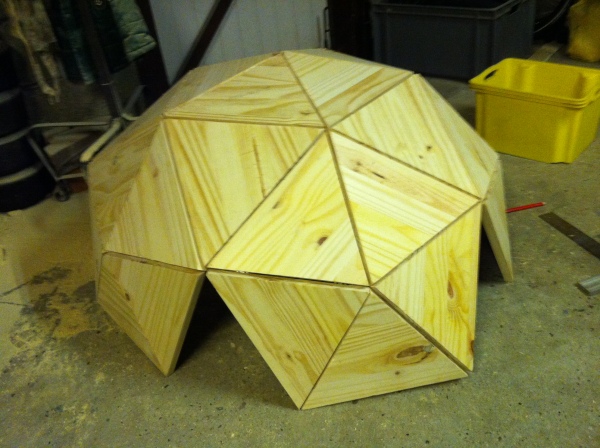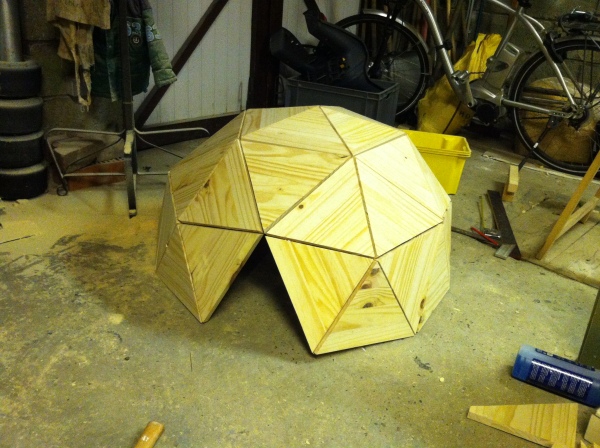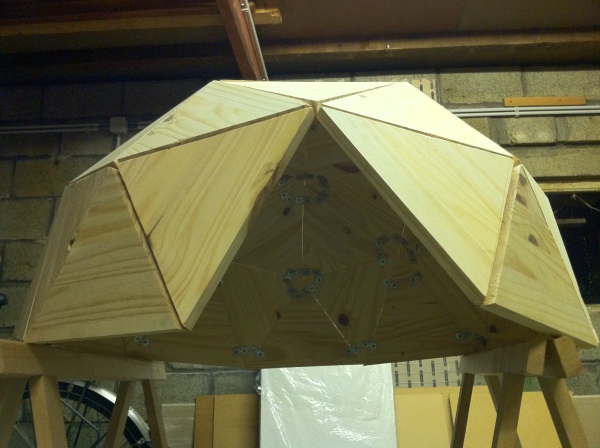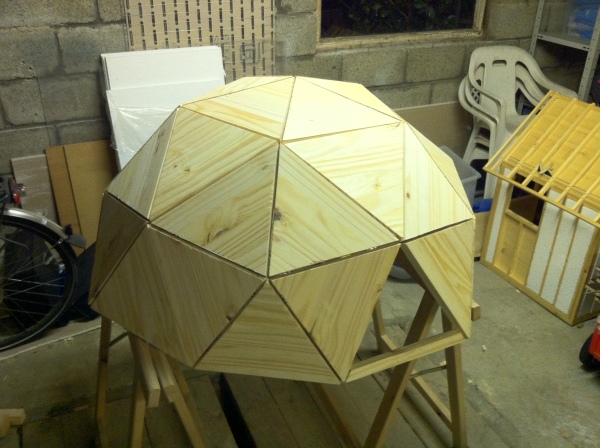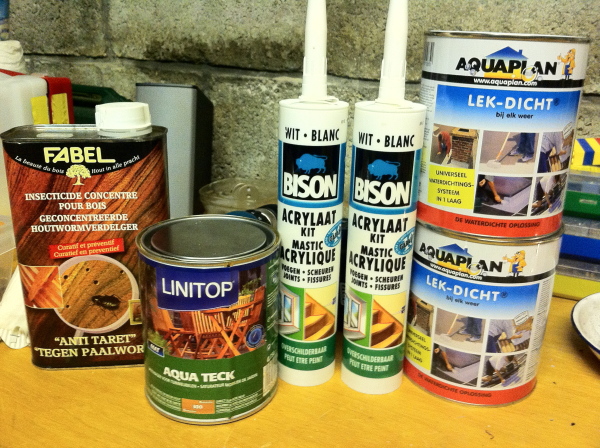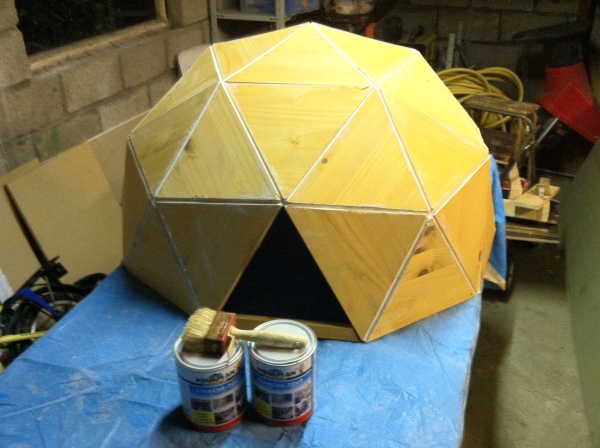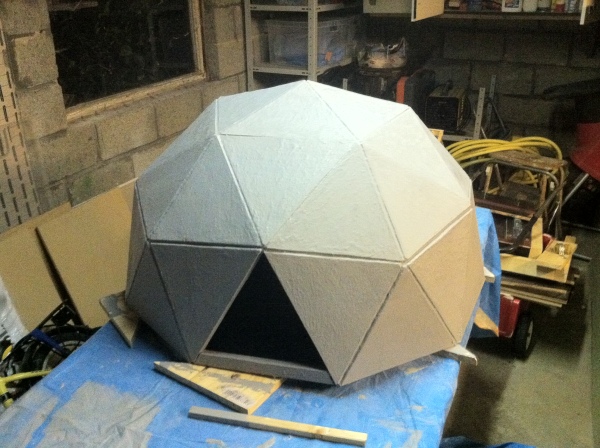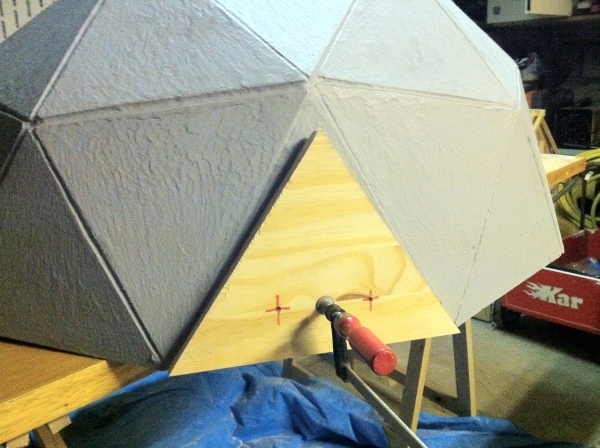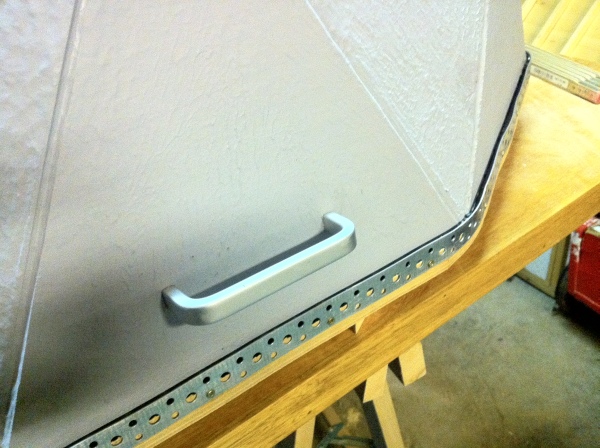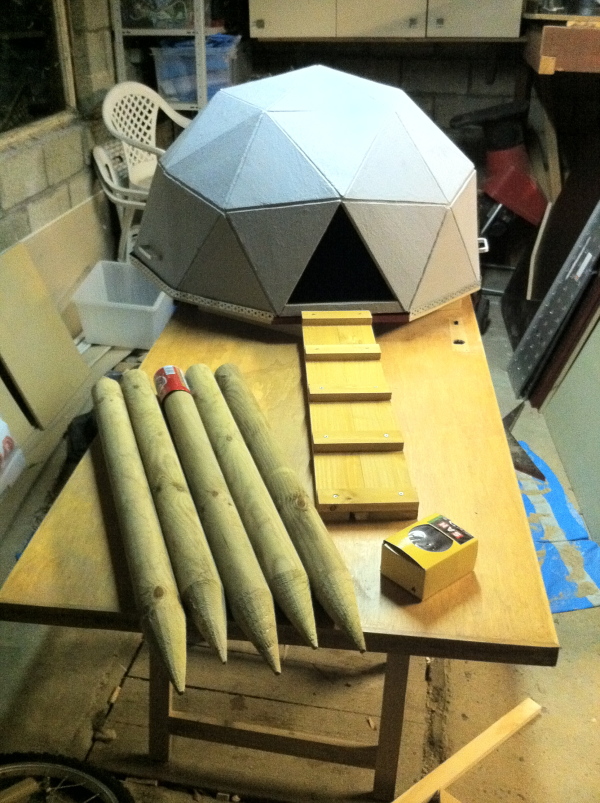My Godson turned TEN the other day. Ten. Which is right down crazy, if you ask me. I was thrilled when he mentioned that he would like a "spy kit" for his birthday. What a fun gift for me, a one-time wannabe detective, to give! It was rather funny that the cousins started this little detective phase after learning that Grandpa's bike and a case of beer had been stolen from the garage a few months back. They spent the entirety of a family party searching for clues and coming up with various compelling theories on what had gone down. ("Wait. Aunt Bridget drinks beer..." "What if Grandpa hid the bike and now is trying to get the insurance money?" "I saw some older boys down the street. They were smoking.") For several weeks after, they were trading theories and clues and searching for that bike.
Anyway, after scouring the internet and stores for a cool ready made kit to buy, I came up empty. Either they were pretty lame filled with a few plastic junky toys or they were oh, seventy dollars. And we don't do seventy dollar birthday gifts 'round here. So I decided that the boys and I would put together our own for him. Total was around twenty dollars.
We bought almost all of our supplies at the dollar store...
The Basics: Magnifying Glass, Flashlight, Notebook
(I added the decals from stickers we already had and the pen from our massive collection that the husband brings home from work every. day.)
Disguise Gear: Sunglasses, Hat, Mustaches
We already had those silly glasses and I threw them in just for fun.
Secret Code Kit and Invisible Ink
The plastic case came with the swabs. I took out the cotton balls in the middle and replaced them with index cards on which I wrote a Morse Code cheat sheet and a reverse alphabet cheat sheet. The invisible ink is lemon juice and I put it in a vitamin bottle I saved.
Fingerprint Kit: The case is simply a plastic produce container I had saved from some cherries and had on hand in the cupboard.
Inside: Fingerprint Dusting Powder (aka talcum powder), Makeup Brush, "Lifting Tape," Ink Pad, Homemade Print Cards (from normal index cards)
Other Gear: Gloves (can't be leaving fingerprints behind!), "Lock Picking Kit" (screwdriver set with some bobby pins thrown in), Binoculars, Zip Ties (for securing the suspect, of course)
The only thing not from the dollar store or my own stash was the fancy briefcase which I scored at the Salvation Army for three dollars. I was originally looking for a hard case in either black or silver but I actually think this works much better as it is filled with pockets and has three big dividers to help organize all the spy gear. It's also much less conspicuous when he's going in cognito. And if and when the spy phase is done, it's actually a really nice bag that can be used for something else.
We thought of a few other things that would've been cool to add - walkie talkies, watch, wig, camera, spy glass - but we needed to rein it in a bit. I suppose they could always be added in the future and of course, he could add any of his own things to it for his detecting adventures.
The boys decided that this was so cool that they also needed to make their own kits this week so they've been scrounging the house to replicate as much as they can of it. John Paul especially is crazy excited to give his cousin his new kit and because I'm the most fun aunt in the entire world, we even made up a series of clues that will lead him to his present when we give it to him! I'm really hoping he enjoys it!
























 The back wall uses the other half of the sheet of plywood. (Amazing how that worked out so perfectly, isn’t it?) There is no chicken door but this side is a little more complicated because I want the bottom half of the wall to hinge up giving us access to easily rake out the chicken…stuff.
The back wall uses the other half of the sheet of plywood. (Amazing how that worked out so perfectly, isn’t it?) There is no chicken door but this side is a little more complicated because I want the bottom half of the wall to hinge up giving us access to easily rake out the chicken…stuff.
 Jess was out running errands with Wally and Abby was napping so I figured I would keep going and do as much as I could. I cut another sheet of plywood to a little over 6′ for the “front” of the coop, clamped it up, traced the window and human door, and installed the hardware cloth. Right as I was about to cut the opening out, Jess came home WITH OUR CHICKS!
Jess was out running errands with Wally and Abby was napping so I figured I would keep going and do as much as I could. I cut another sheet of plywood to a little over 6′ for the “front” of the coop, clamped it up, traced the window and human door, and installed the hardware cloth. Right as I was about to cut the opening out, Jess came home WITH OUR CHICKS!



 Stay tuned for Phase III when we look at shingling the sides and finishing off the nests.
Stay tuned for Phase III when we look at shingling the sides and finishing off the nests.



